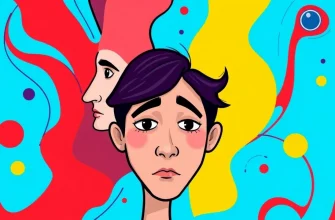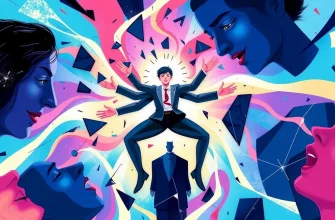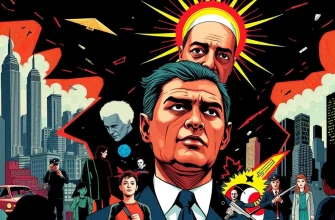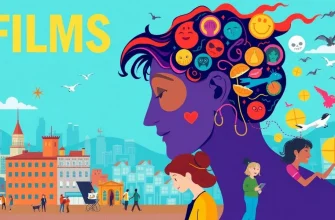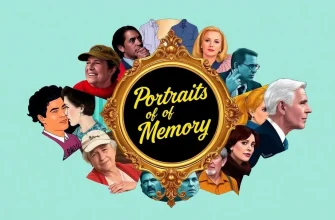Loneliness, a universal yet deeply personal experience, often serves as a profound theme in biographical films. These stories not only illuminate the lives of individuals who faced isolation but also resonate with viewers, offering insights into the human condition. This curated list of 10 biopic films delves into the lives of historical figures and ordinary people alike, showcasing how solitude shaped their journeys. Each film provides a unique lens through which we can understand and perhaps find solace in our own moments of loneliness.
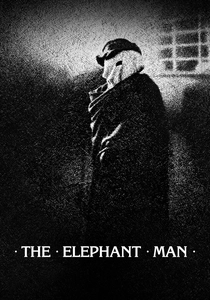
The Elephant Man (1980)
Description: The story of Joseph Merrick, whose physical deformities led to a life of isolation and public spectacle, delves into themes of loneliness, acceptance, and the human spirit.
Fact: David Lynch, known for his surreal films, directed this poignant drama, which was a departure from his usual style.
 Watch Now
Watch Now
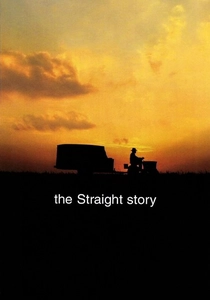
The Straight Story (1999)
Description: Alvin Straight's journey across Iowa on a lawnmower to reconcile with his estranged brother captures the essence of loneliness in old age and the quest for connection.
Fact: This was David Lynch's only G-rated film, focusing on a gentle, heartwarming story rather than his typical darker themes.
 Watch Now
Watch Now

The Pianist (2002)
Description: Władysław Szpilman's survival during the Holocaust, often in hiding and solitude, provides a stark depiction of loneliness amidst the horrors of war.
Fact: Roman Polanski, who directed the film, survived the Holocaust himself, adding a personal touch to the film's authenticity.
 Watch Now
Watch Now
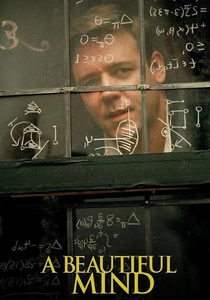
A Beautiful Mind (2001)
Description: John Nash's struggle with schizophrenia isolates him from reality, yet his genius and the support of his wife help him navigate his lonely intellectual journey.
Fact: The film's portrayal of schizophrenia was praised for its accuracy, though some liberties were taken with Nash's life story for dramatic effect.
 Watch Now
Watch Now
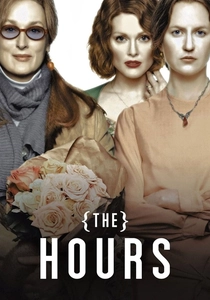
The Hours (2002)
Description: This film interweaves the stories of three women at different times, each grappling with loneliness and the impact of Virginia Woolf's "Mrs. Dalloway."
Fact: Nicole Kidman wore a prosthetic nose to resemble Virginia Woolf, which became a point of discussion and controversy.
 Watch Now
Watch Now
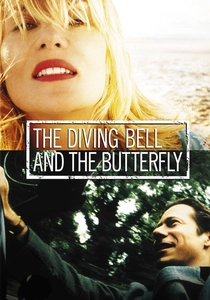
The Diving Bell and the Butterfly (2007)
Description: Based on the memoir by Jean-Dominique Bauby, this film captures his life after a massive stroke leaves him with locked-in syndrome, exploring themes of isolation and communication.
Fact: The film was shot from Bauby's perspective, with the camera often representing his limited field of vision.
 Watch Now
Watch Now
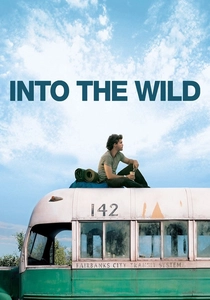
Into the Wild (2007)
Description: This film follows the journey of Christopher McCandless, who abandons his possessions and relationships to live in the Alaskan wilderness, highlighting his quest for solitude and self-discovery.
Fact: The film was shot in the actual bus where McCandless lived, and Sean Penn, the director, spent time in the wilderness to understand McCandless's experience.
 Watch Now
Watch Now
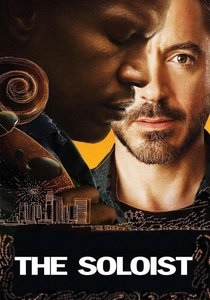
The Soloist (2009)
Description: This film explores the life of Nathaniel Ayers, a homeless, mentally ill musician, whose talent and isolation are discovered by a journalist, highlighting themes of loneliness and redemption.
Fact: Jamie Foxx learned to play the cello for the role, and the film was shot in real locations where Ayers lived.
 Watch Now
Watch Now
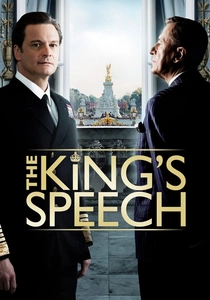
The King's Speech (2010)
Description: King George VI's struggle with a stammer and his subsequent isolation from public life until his speech therapist helps him find his voice, showcasing personal growth through solitude.
Fact: The film was the first to be allowed to film in the real Buckingham Palace.
 Watch Now
Watch Now
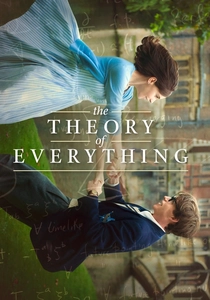
The Theory of Everything (2014)
Description: This biopic of Stephen Hawking focuses on his relationship with his first wife, Jane, and his battle with motor neuron disease, which eventually left him largely isolated in his own body.
Fact: Eddie Redmayne, who played Hawking, lost significant weight to portray the physicist's physical deterioration accurately.
 Watch Now
Watch Now



